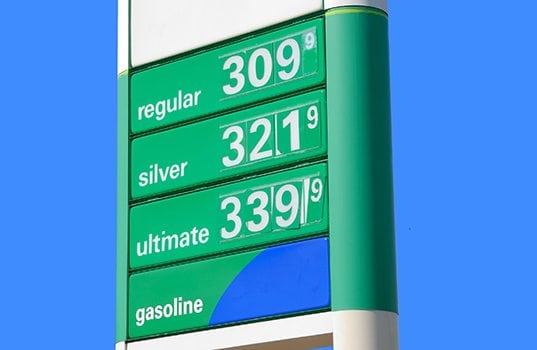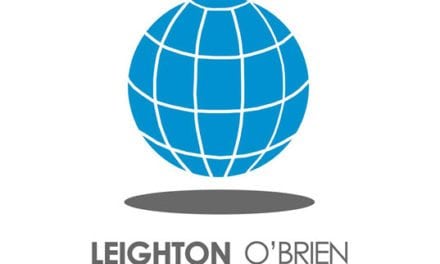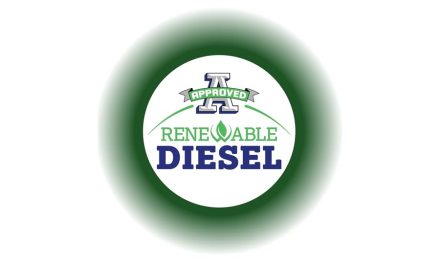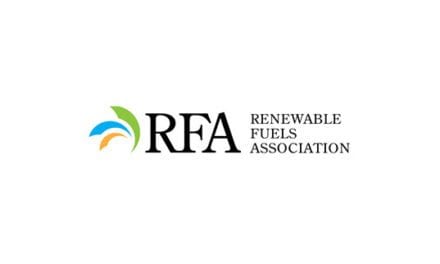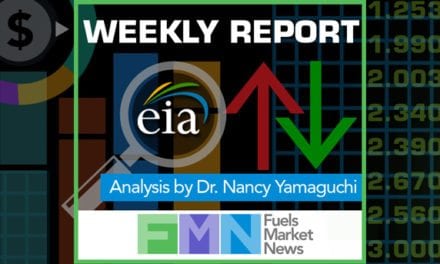Excerpted from This Week in Petroleum, August 30, 2017
EIA has traditionally published a gasoline supply and price TWIP prior to the Labor Day weekend, but the devastation caused by Hurricane Harvey casts a great deal of uncertainty regarding what may happen over the next few weeks. On August 28, the U.S. average retail gasoline price was $2.40 per gallon (gal), the second-lowest price on the Monday before Labor Day since 2004. While the average Monday price was up 4 cents/gal over the previous week, prices on that date do not yet reflect the full effects of Hurricane Harvey.

Retail gasoline prices vary significantly within the United States as a result of regional supply and demand balances, gasoline specification requirements, and taxes (Figure 2). As of August 28, regular retail gasoline prices were $2.34/gal on the East Coast, $2.31/gal in the Midwest, $2.16/gal on the Gulf Coast, $2.47/gal in the Rocky Mountains, and $2.90/gal on the West Coast. West Coast retail gasoline prices are often above the U.S. average because of the region’s isolation from additional supply sources, gasoline specifications that are more costly to manufacture, and higher taxes.

The U.S. Gulf Coast typically has the lowest retail gasoline prices in the country because it is home to approximately 50% of U.S. refining capacity and produces more gasoline than it consumes, and because regional state taxes on gasoline tend to be lower than in the United States on average. The Texas Gulf Coast alone is home to over 25% of U.S. refining capacity, and the U.S. Federal Offshore Gulf of Mexico accounts for nearly 20% of total U.S. crude oil production. However, Hurricane Harvey, which hit the Gulf Coast last Friday, has impacted crude oil production and refinery operations in the region. A number of refineries have shut down or are operating at reduced rates. Electrical power, ability of personnel to reach the refineries, and distribution of crude oil and petroleum products remain potential challenges to quickly restarting the refineries. This may have notable impacts on gasoline prices in the region, which could spread to other markets. The East Coast in particular is largely dependent on shipments of transportation fuels from the Gulf Coast.
Low crude oil prices are the main reason for relatively low gasoline prices. As of August 29, the Brent crude oil spot price listed on Bloomberg, which is more important than West Texas Intermediate (WTI) spot price as a determinant of U.S. gasoline prices, was $51 per barrel (b), over $34/b below the five-year average for the same day, but nearly $3/b above the price from the same time last year. Despite strong gasoline demand, high gasoline production and above average inventory levels have been putting downward pressure on prices.
As of May 2017, U.S. Federal Highway Administration data indicate that year-to-date cumulative miles driven, was up by 21.2 billion miles (1.7%) compared with the same period in 2016. Weekly product supplied (a proxy for demand) surpassed the five-year average the first week of March and then trended near the five-year high (Figure 3).

Prior to 2017, weekly product supplied of finished motor gasoline surpassed 9.80 million barrels per day (b/d) only once (the week ending June 17, 2016), but product supplied has surpassed that level five times in 2017 and set a new high of 9.85 million b/d for the week ending August 25.
Gasoline inventories remain above the five-year average despite recent drawdowns. Gasoline inventories fell for seven consecutive weeks, from 242.4 million barrels on June 9 to 227.7 million barrels on July 28. Since then, however, stocks increased by 2.3 million barrels to 229.9 million barrels on August 25. This level is 2.1 million barrels below the five-year maximum for the same week, but 14.4 million barrels above the five-year average for the same week.
Weekly U.S. regular gasoline prices averaged $2.37/gal from April 3 through August 28. Prior to Hurricane Harvey, EIA expected the 2017 summer season (April through September) to average $2.37/gal, 14 cents higher than last summer. EIA expected that the monthly average price of U.S. regular gasoline in 2017 would have peaked in April at $2.42/gal and anticipated lower prices in the fourth quarter of this year. U.S. regular gasoline prices were forecasted to average $2.33/gal in both 2017 and 2018 (Figure 4). However, given the uncertainty surrounding the effects of the hurricane, EIA will continue to monitor the situation and update our forecasts as warranted based on any new information that is received.



